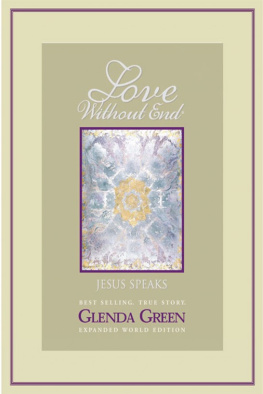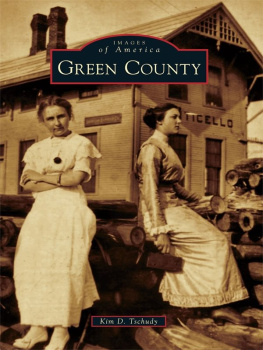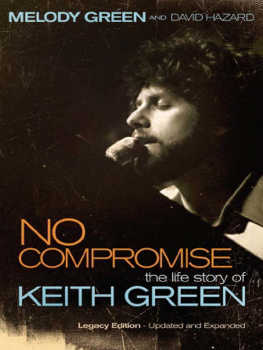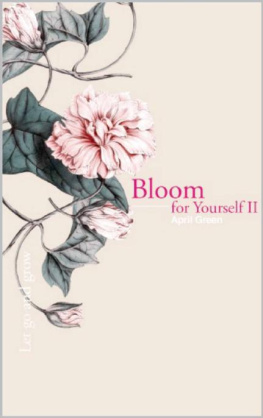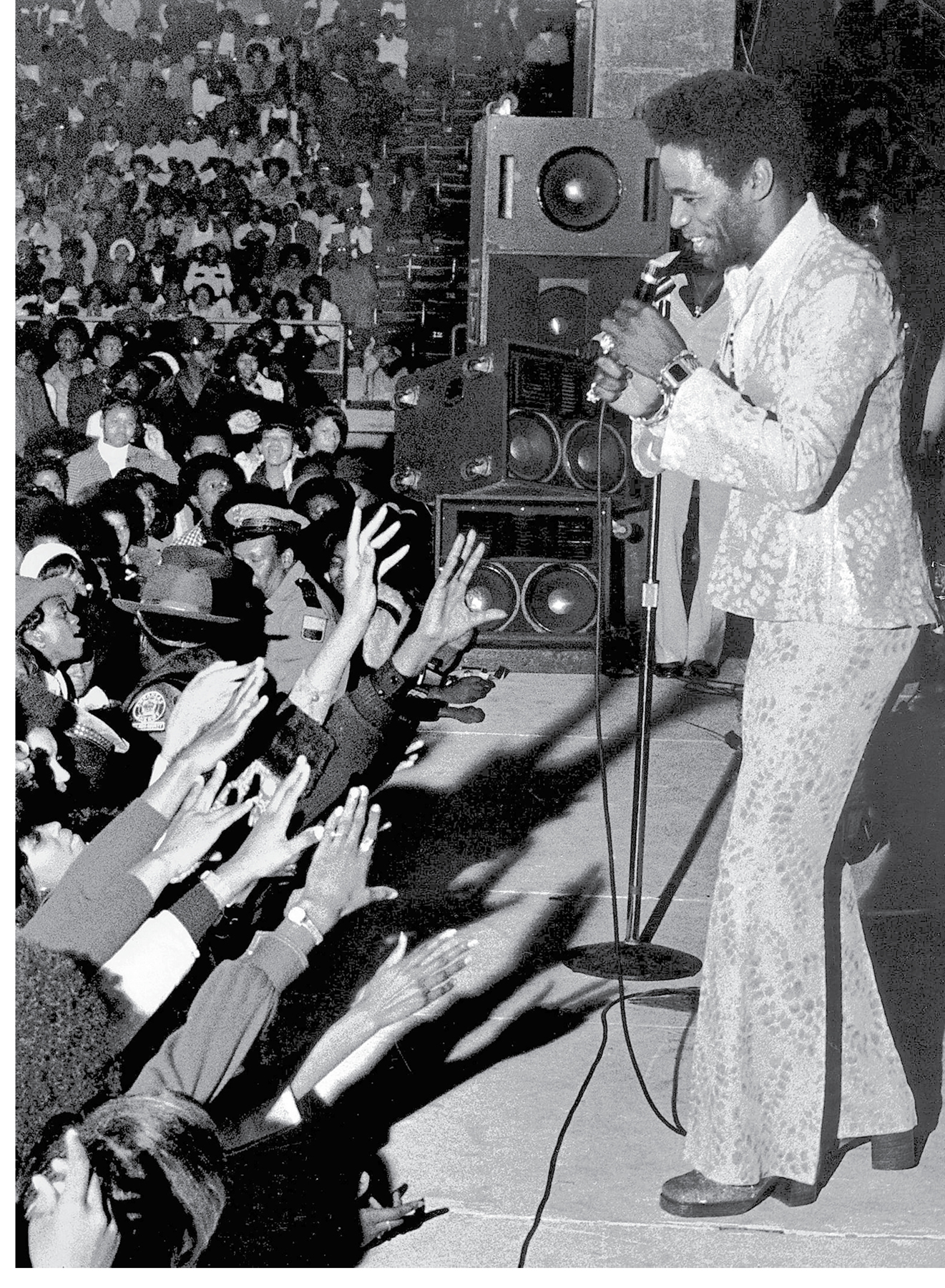Copyright 2017 by Jimmy McDonough
Title-page image appears courtesy of The Commercial Appeal
Hachette Book Group supports the right to free expression and the value of copyright. The purpose of copyright is to encourage writers and artists to produce the creative works that enrich our culture.
The scanning, uploading, and distribution of this book without permission is a theft of the authors intellectual property. If you would like permission to use material from the book (other than for review purposes), please contact permissions@hbgusa.com . Thank you for your support of the authors rights.
Da Capo Press
Hachette Book Group
1290 Avenue of the Americas, New York, NY 10104
www.dacapopress.com
First Edition: August 2017
Published by Da Capo Press, an imprint of Perseus Books, LLC, a subsidiary of Hachette Book Group, Inc.
The Hachette Speakers Bureau provides a wide range of authors for speaking events. To find out more, go to www.hachettespeakersbureau.com or call (866) 376-6591. To find out more, go to www.hachettespeakersbureau.com or call (866) 376-6591.
The publisher is not responsible for websites (or their content) that are not owned by the publisher.
Print book interior design by Jeff Williams
Library of Congress Cataloging-in-Publication Data
Names: McDonough, Jimmy, author.
Title: Soul survivor : a biography of Al Green / by Jimmy McDonough.
Description: Boston, MA : Da Capo Press, 2017. | Includes bibliographical references and index.
Identifiers: LCCN 2017010283 | ISBN 9780306822674 (hardcover) | ISBN 9780306822681 (ebook)
Subjects: LCSH: Green, Al, 1946-| Soul musiciansUnited StatesBiography.
Classification: LCC ML420.G843 M33 2017 | DDC 782.421644092 [B]dc23
LC record available at https://lccn.loc.gov/2017010283
ISBNs: 978-0-306-82267-4 (hardcover), 978-0-306-82268-1 (ebook)
LSC-C
E3-20170729-JV-NF
FOR BILL BENTLEY
blame him for my career
who speak well of you, my brother.
AL GREEN
. The people in my own church dont even know who I am. Im not really sure if I know who I am half the time.
AL GREEN
In 2000 Al Green wrote an autobiography. Excuse meDavin Seay wrote the book and they slapped Als name on the cover. Business as usualcelebrity tells writer his story, writer turns it into a book. In this case, though, everything about it was a little off. This was Al Green. Reverend Al Green, because by this point hed been pastoring over his own Memphis-based house of worship, Full Gospel Tabernacle Church, for a decade and a half.
Green and Seay, a respected author with eight books to his name, among them other celebrity memoirs with Snoop Dogg and Dion, had been put together by the agency they had in common, William Morris. Davin shared more than an agent with the Reverend: He liked to talk about God and salvation, and Im a Christian myself. A deal was hatched, with Seay and Green receiving a very decent advance for Als story. Signed, sealed, and delivered? Not quite. I found out soon after what I was facing, said Seay.
Entering the kingdom of Green turned out to be a really surreal experience. He would walk in and out of the real world. As far as I could tell, he had three different personalities. One was Al, which was his stage persona; one was Al Green, which was more normal; and then there was the Reverend Al Green. Seay quickly found out none of the three was interested in the book.
Green met with Seay only a handful of times that amounted to six hours of interviews, a paltry amount of time to cover such a rich and complex life. Davin admitted Als involvement in the book was minimal. Sometimes Green just didnt show up; he was at least an hour late when he did. During an interview at the Peabody Hotel, Green broke into full-on Pentecostal tongues.
One meeting took place at Greens remote estate on the edge of the Shelby Forest fifty miles from Memphis. Seay drove up to encounter locked gateswith musical notes, like Graceland. He buzzed and got Green, and then proceeded to wait outside two hours when Al couldnt find a key to the gates to his own home. An assistant had to be summoned from Memphis to let Davin in.

It was during the one visit to Greens home that Al discussed in detail the most shocking and bizarre event of his life: Mary Woodson, an unstable woman hed been romantically involved with, had come to visit Green in October 1974 and scalded him with boiling breakfast matter (mostly likely Cream of Wheat, often stated as grits) after hed rebuffed her marriage proposal. Shortly thereafter she was found shot dead, lying next to one of Als guns. After an investigation that involved the FBI, Marys death was ruled a suicide. It appeared to Seay that this grim subject was one that Green, sitting in the very home Woodson had died in, actually wanted to talk about. That was the most cogent he was in terms of a linear narrative, said Davin. Maybe he was interested in setting the record straight. He never reflected on the personal consequences of it.
Getting much else out of Green proved next to impossible. He definitely didnt want to do the work, said Seay. There were some very tense encounters. Al had a nasty streak. He could turn on you on a dime in terms of just putting you in your place. It happened a lot. I was trying to push him, get informationat one point he told me, Just look at my clippings. I said, Al, this is your story. He wasnt interested.
Nor was anyone else around Green willing to help. When Seay tried to talk to Greens mother, Cora, she clammed up. Davin felt she was terrified of Al. Instead of getting anecdotal stuff about his childhood, she just kept saying he was a great kidhe loved me, I loved him. It was really hard to get anything of substance from anybody.
Even though Green was in full-on Reverend mode, Seay still managed to get a fleeting glimpse of the incredible sexuality that has served Al so well. For some unknown reason, Green wanted to conduct one of their interviews at a funky motel on the outskirts of Memphis I dont know what he was doing there. We went back to my room to talk, there was a knock at the door, and it was the housemaid. She said, You got Al Green in there? It was like she sniffed him out! In response, Green poured on the charm. In terms of his approach to women, he was like silk.
To Seay, the one place Al seemed at ease was at his church. When it came to Full Gospel Tabernacle Church, Green was very dedicated. Not just to the preaching, but the pastoral role. He would deal with problems of the parishioners and listen to them. He could be very sweet.
Somehow Seay managed to squeeze a book out of his limited contact. Take Me to the River went on to become the go-to source on the subject of Greenyoull find it quoted in many an article, book, and album liner note. At best, Take Me to the River is a sketchy, dubious portrayal of Greens life. He mentions none of his wives, nor most of the studio musicians hes worked with (or his bands), and has little to say about his life post-1976. The book contains many factual errors. I dont hold Seay accountable for this; he did his best under trying circumstances. When Al was asked about his autobiography by one reporter, he burst out laughing, confessing he hadnt book. Clearly it was of little concern to himIm the real person who lived the real life. The subject of


